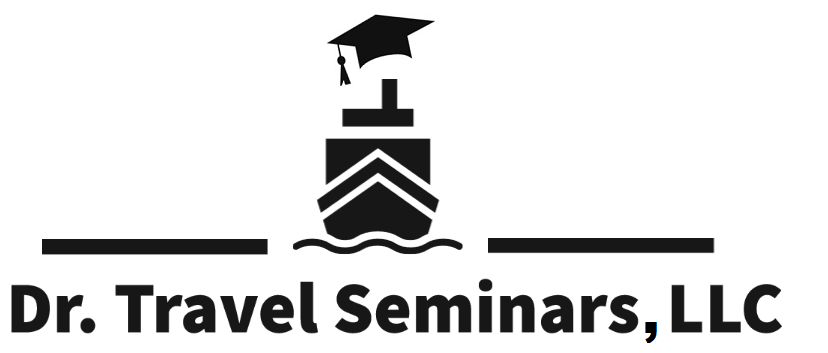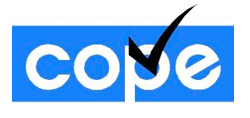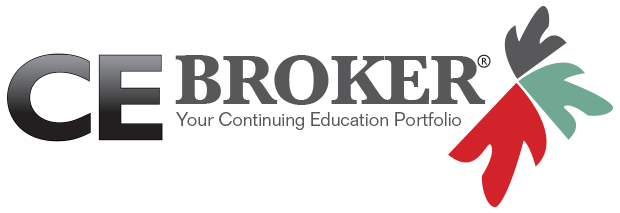DATE:
July 4 –Jul 14, 2024
FROM:
Reykjavik, Iceland
DATE:
July 4 –Jul 14, 2024
FROM:
Reykjavik, Iceland
DATE:
Aug 2 - Aug 12, 2024
FROM:
Lisbon, Portugal
DATE:
Aug 2 - Aug 12, 2024
FROM:
Lisbon, Portugal
DATE:
Dec. 22 - 29, 2024
FROM:
San Juan, Puerto Rico
DATE:
Dec. 22 - 29, 2024
FROM:
San Juan, Puerto Rico
DATE:
June 26 – July 6, 2025
FROM:
Athens (Piraeus), Greece
DATE:
June 26 – July 6, 2025
FROM:
Athens (Piraeus), Greece
- NCL DAWN
DATE:
July 29 – Aug 8, 2025
FROM:
London, UK
- NCL DAWN
DATE:
July 29 – Aug 8, 2025
FROM:
London, UK
Travel the world with
PRESTIGIOUS DENTAL &
OPTOMETRIC LECTURERS
Dr. TRAVEL SEMINARS, LLC. Has been providing quality lectures for the dental and optometric professions since 1995. Our continuing educational series has met with great success, as we bring top-notch speakers to you lecturing on the most relevant, up to date material, and which are held on beautiful cruise ships.






CRUISES and CE PROGRAMS
DATE:
July 4 –Jul 14, 2024
FROM:
Reykjavik, Iceland
DATE:
July 4 –Jul 14, 2024
FROM:
Reykjavik, Iceland
DATE:
Aug 2 - Aug 12, 2024
FROM:
Lisbon, Portugal
DATE:
Aug 2 - Aug 12, 2024
FROM:
Lisbon, Portugal
DATE:
Dec. 22 - 29, 2024
FROM:
San Juan, Puerto Rico
DATE:
Dec. 22 - 29, 2024
FROM:
San Juan, Puerto Rico
DATE:
June 26 – July 6, 2025
FROM:
Athens (Piraeus), Greece
DATE:
June 26 – July 6, 2025
FROM:
Athens (Piraeus), Greece
- NCL DAWN
DATE:
July 29 – Aug 8, 2025
FROM:
London, UK
- NCL DAWN
DATE:
July 29 – Aug 8, 2025
FROM:
London, UK










“Great format, liked the open communication”
“... I don’t see how it could be improved”
“Directly applicable to my practice; exactly what I was looking for.”
[click here]